1. Introduction

Money slips through our fingers in ways we barely notice. Those small daily decisions might seem harmless, but they gradually erode our financial health without sounding any alarms. Understanding these sneaky money-draining habits is the first step toward building wealth instead of watching it disappear. Let’s explore the everyday behaviors that might be keeping you broke.
2. Stopping for Coffee Every Day Like It Doesn’t Add Up

That morning latte feels like a small treat, but the numbers tell a different story. A $5 coffee five days a week adds up to $1,300 annually – enough for a vacation or significant debt payment.
Many people underestimate how these small purchases compound over time. Making coffee at home costs roughly 30¢ per cup, saving you thousands over the years. The same principle applies to buying lunch out versus bringing food from home.
The solution isn’t complete deprivation. Try limiting coffee shops to once or twice weekly as a genuine treat rather than a daily necessity. Your future bank account will thank you while you still enjoy occasional indulgences.
3. Trying to Manage Money Without a Budget
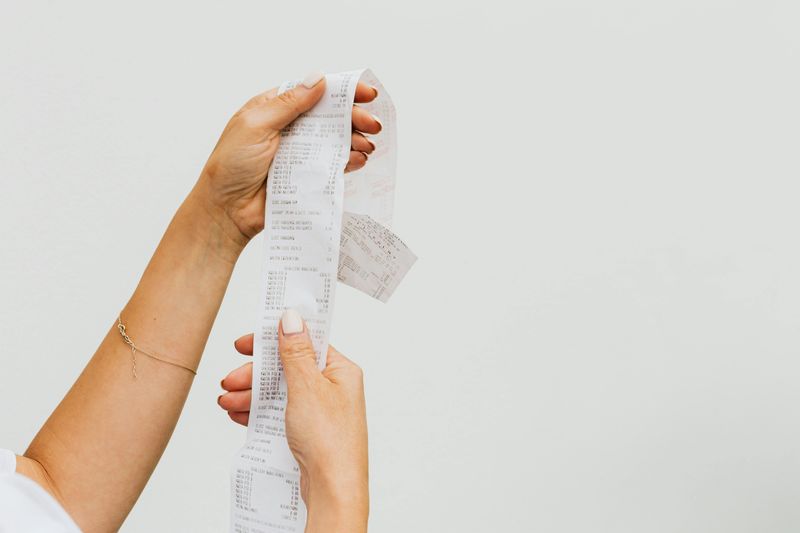
Money management without a budget resembles driving with your eyes closed. Without tracking where your dollars go, they vanish mysteriously each month, leaving you wondering why saving seems impossible.
A surprising 65% of Americans don’t know how much they spent last month. This financial blindness leads to unnecessary stress, overdraft fees, and missed opportunities for growth. Your money deserves a plan – even a simple one.
Start by tracking expenses for just two weeks. The patterns will surprise you and highlight easy opportunities for adjustment. Modern budgeting apps make this process nearly effortless, automatically categorizing spending and showing where your financial leaks hide.
4. Forgetting About All Those Subscriptions You Signed Up For
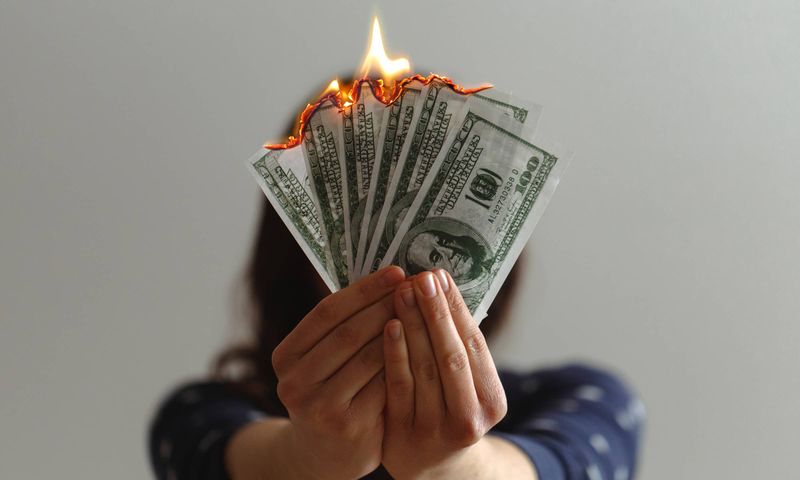
Remember that meditation app you tried once? Or the streaming service you barely watch? They’re still charging you monthly. The average American spends $273 monthly on subscriptions, often forgetting what they’re paying for.
Subscription services count on this forgetfulness. They make cancellation just difficult enough that most people don’t bother, creating a steady revenue stream from unused services. The worst part? Many people don’t even realize how much these forgotten subscriptions collectively drain.
Set a quarterly “subscription audit” reminder. Review bank statements specifically looking for recurring charges and honestly assess what you actually use. Canceling just three $10 monthly subscriptions saves $360 yearly – money that could boost your emergency fund or retirement savings.
5. Only Paying the Minimum on Your Credit Cards
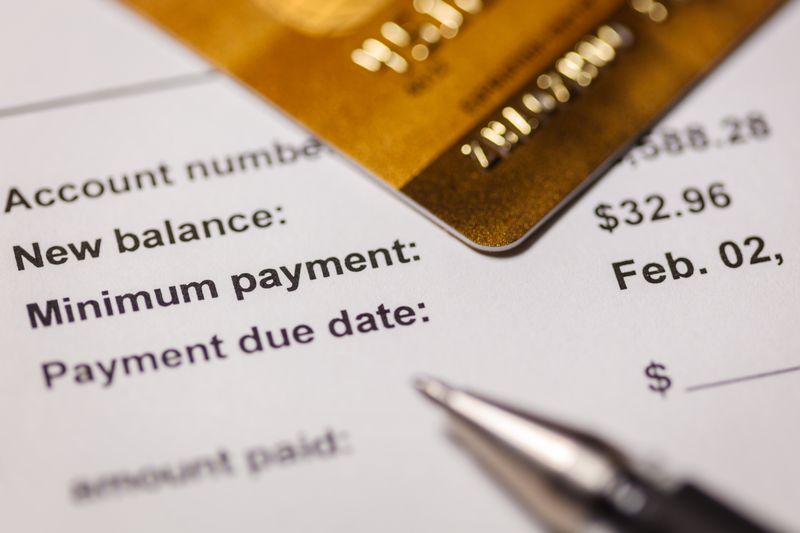
Paying only the minimum on credit cards creates an illusion of responsible money management while secretly extending your debt for years or even decades. A $3,000 balance with 18% interest paid at minimum would take 20 years to eliminate and cost nearly $7,000 total.
Credit card companies design minimum payments to maximize their profits, not help consumers. That $25 minimum payment mostly covers interest, barely touching the principal balance. Meanwhile, new purchases compound the problem further.
Attack credit card debt by paying more than minimums whenever possible. Even an extra $50 monthly dramatically reduces payoff time and interest paid. Consider the debt avalanche method – focusing extra payments on your highest-interest card first while maintaining minimums on others.
6. Using Shopping to Cope With Emotions

Bad day at work? Quick shopping therapy session! Celebrating good news? Reward yourself with a purchase! This emotional spending creates a temporary happiness boost followed by lasting financial consequences.
Our brains release dopamine during shopping, creating a genuine high that can become addictive. Online retailers maximize this effect with one-click purchasing and targeted ads that seem to read your mind. Before you realize it, impulse buying becomes your default coping mechanism.
Create a 48-hour waiting period for non-essential purchases over $50. This cooling-off period allows the emotional trigger to subside while you rationally evaluate the purchase. Find alternative stress relievers like exercise, calling a friend, or enjoying nature – all free activities that won’t damage your financial health.
7. Buying Groceries Without a Meal Plan

Grocery shopping without a plan leads to a kitchen full of random ingredients that somehow never combine into actual meals. You end up ordering takeout despite having a fridge full of food that eventually spoils.
Food waste costs the average American household $1,500 annually. Beyond the financial impact, unplanned grocery trips typically result in unhealthier choices and more processed foods. Without a strategy, you’ll find yourself at the store several times weekly, exposed to marketing tactics designed to increase impulse purchases.
Spend 15 minutes weekly planning meals before shopping. Use what you already have as a starting point, then build your grocery list around specific recipes. Meal planning apps can simplify this process while generating shopping lists automatically. Your wallet and waistline will both benefit.
8. Skipping Price Comparisons When You Shop

Grabbing the first item you see might save time, but it consistently costs you money. Studies show consumers who compare prices save an average of 15% on regular purchases – that’s thousands yearly for a typical household.
Modern retailers count on convenience-seeking shoppers who value time over money. They strategically place higher-margin items at eye level and create an overwhelming number of options to induce decision fatigue. Without price awareness, you’re essentially volunteering to pay premium prices.
Develop the habit of quick comparisons before purchasing. For groceries, check unit prices (cost per ounce) rather than package prices. For major purchases, use price tracking tools that alert you to sales and price drops. The few seconds spent comparing typically yield substantial returns on your time investment.
9. Letting Free Trials Turn Into Paid Subscriptions

Free trials transform into paid subscriptions so smoothly you barely notice. That fitness app, premium software, or streaming service continues billing long after you’ve stopped using it. Companies design these systems knowing most consumers won’t bother canceling.
Auto-renewals create a perfect storm of consumer psychology and business profit. The charges are typically small enough to fly under your radar but collectively significant. Many services make cancellation deliberately cumbersome, requiring phone calls during limited hours or navigating confusing website menus.
Create calendar reminders three days before free trials end. Use a dedicated email address for subscriptions to keep renewal notices organized. Consider virtual credit cards with spending limits specifically for trial offers. Some financial apps now automatically identify and help cancel unwanted subscriptions – technology fighting technology!
10. Putting Off Building an Emergency Fund
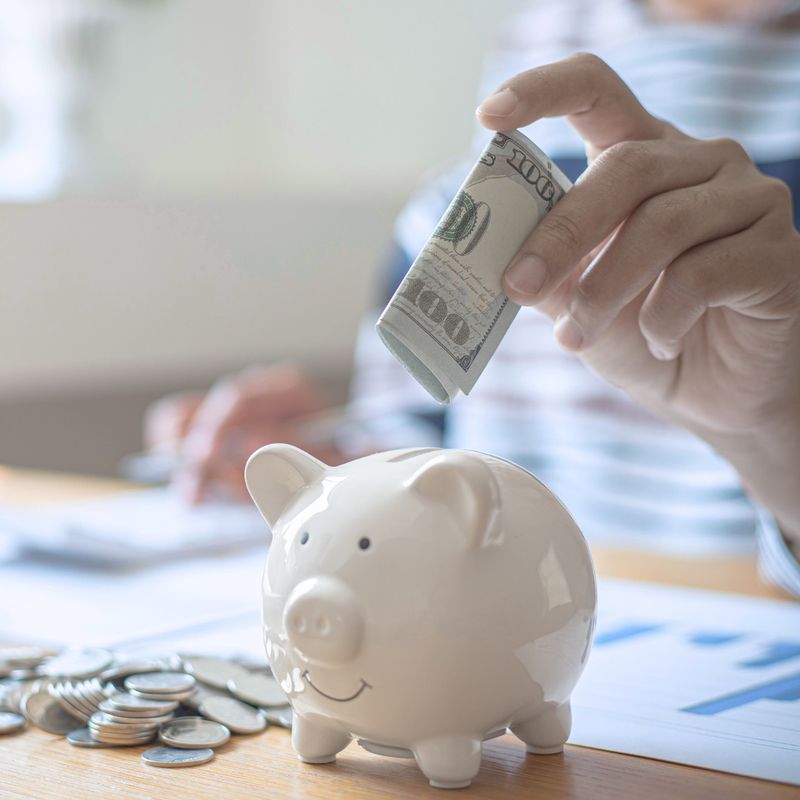
Life throws expensive surprises – medical bills, car repairs, job losses. Without emergency savings, these events force many into high-interest debt or financial crisis. Yet nearly 40% of Americans couldn’t cover a $400 emergency without borrowing.
Living without financial cushioning creates constant vulnerability. Minor setbacks cascade into major problems when every dollar is already committed. This precarious position leads to stress, poor decision-making, and accepting unfavorable financial terms during emergencies.
Start small by saving just $25 weekly in a separate account. Gradually build toward covering 3-6 months of essential expenses. Automate these transfers so they happen before you can spend the money. Even a modest emergency fund provides tremendous psychological relief and prevents small problems from becoming financial disasters.
11. Using ‘Buy Now, Pay Later’ Too Often
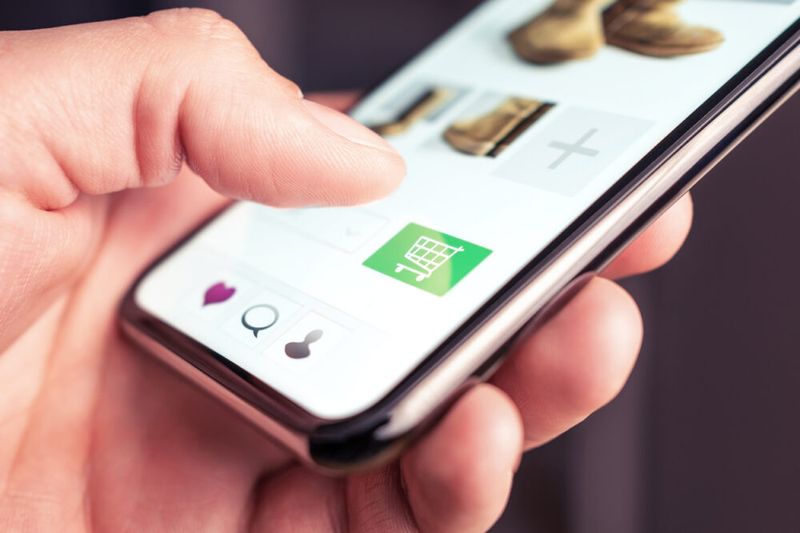
Those tempting “Buy Now, Pay Later” buttons make expensive purchases feel affordable by breaking them into smaller payments. What they don’t advertise is how these services encourage overspending and often charge substantial late fees.
BNPL services have exploded in popularity because they bypass the psychological pain of spending. Research shows consumers spend 40% more when using these payment options compared to traditional methods. Missing a payment can trigger fees, interest charges, and credit score damage – consequences often hidden in the fine print.
Before using BNPL, calculate the total cost and ask if you’d pay that amount upfront. If not, reconsider the purchase. For necessary large expenses, explore traditional financing options with transparent terms. Remember: delaying payment doesn’t make something more affordable – it often makes it more expensive.
12. Upgrading Your Lifestyle Every Time You Get a Raise

Finally got that raise or promotion? Congratulations – but watch how quickly that extra money disappears into upgraded restaurants, fancier clothes, or a larger apartment. This phenomenon, called lifestyle inflation, prevents wealth building despite income growth.
Our spending naturally expands to match available resources. Without conscious intervention, income increases lead to proportional spending increases rather than improved financial health. Many high-income professionals remain paycheck-dependent despite earning six figures because their expenses grow alongside their salaries.
When receiving a raise, immediately direct at least 50% of the increase toward savings or debt reduction before lifestyle adjustments. Allow yourself some lifestyle improvement with the remainder, but avoid commitment to higher fixed expenses like housing or car payments. This balanced approach rewards your progress while building financial security.
13. Ignoring Your Bank Statements

When was the last time you thoroughly reviewed your bank statement? Most people glance at the balance but ignore the details, missing erroneous charges, subscription renewals, and spending patterns that reveal financial problems.
Financial institutions count on consumer inattention. They quietly increase fees, change terms, and sometimes make errors that go unchallenged. Identity thieves target accounts that show minimal owner engagement, knowing fraudulent charges may go unnoticed for months.
Schedule 15 minutes weekly to review recent transactions across all accounts. Question anything unfamiliar and track recurring expenses. Look for patterns revealing financial leaks or unnecessary services. Many banking apps now offer spending analysis tools that simplify this process. This small time investment often yields immediate savings through error correction and subscription cancellations.
14. Delaying Maintenance Until It Becomes a Bigger Problem

Skipping that $30 oil change seems like saving money until your engine fails, requiring a $3,000 repair. Maintenance procrastination affects everything from vehicles to homes to health, creating massive expenses that proper upkeep would prevent.
Our brains prioritize immediate rewards over long-term benefits, making preventive maintenance particularly challenging. We easily postpone unseen maintenance while spending freely on visible purchases. This psychological bias costs thousands in preventable major repairs and reduced asset lifespans.
Create a maintenance calendar for everything valuable – vehicles, home systems, health checkups, even clothing and electronics. Schedule these appointments alongside fun activities as a reward system. Remember that maintenance costs are investments, not expenses – they protect your larger assets and prevent catastrophic financial surprises.

Comments
Loading…